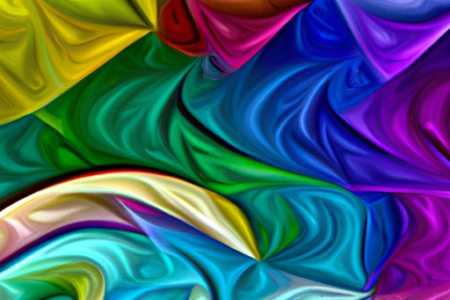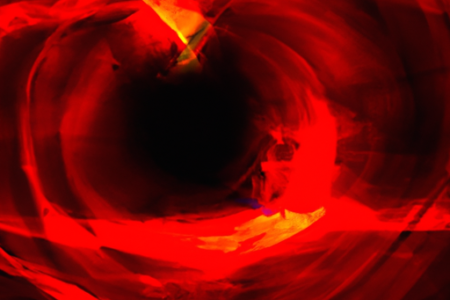The birth of conceptual art marked a significant shift in the world of contemporary art, challenging traditional notions of what constitutes a work of art and revolutionizing artists’ creative practices. The movement prioritized the idea or concept behind the artwork, often making the physical object secondary. The origins of conceptual art can be traced back to precursors such as the Dada and Fluxus movements, which rejected traditional aesthetic values and emphasized the importance of concept and intention in art. Artists like Marcel Duchamp and his ready-mades further paved the way for conceptual art by challenging the role of the artist and the nature of art itself. The evolution of conceptual art was propelled by influential figures such as Sol LeWitt, Lawrence Weiner, and Joseph Kosuth, who emphasized the importance of ideas and language in the creative process. Conceptual art continues to inspire and provoke new ways of thinking about art, challenging traditional boundaries and expanding the definition of the medium.









